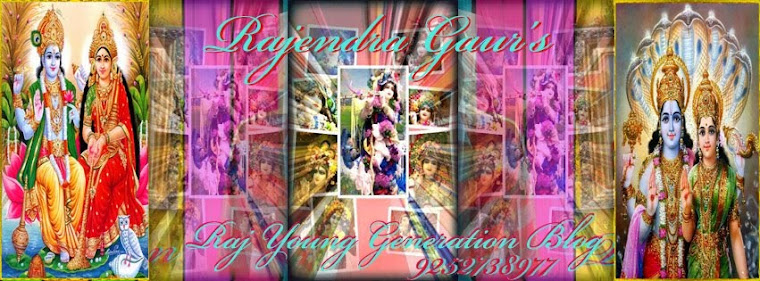
Munshi Premchand: - (Hindi: मुंशी प्रेमचंद, (July 31, 1880 – October 8, 1936) was a famous writer of modern Hindi-Urdu literature. He is generally recognized in India as the foremost Hindi-Urdu writer of the early twentieth century. He is a novel writer, story writer, and dramatist. He is known as "Upanyas Samrat" which means a great emperor among novel writers.
Premchand was born on July 31, 1880 in the village Lamhi near Varanasi in a Kayastha family to Munshi Ajaib Lal, a postal clerk, and his wife Anandi. His parents named him Dhanpat Rai ("master of wealth") while his uncle, Mahabir, a rich landowner, called him Nawab (Prince), the name Premchand first chose to write under. His early education was at a local madarsa under a maulvi, where he studied Urdu. Premchand's parents died young - his mother when he was seven and his father when he was sixteen or seventeen and still a student. His father's death left Premchand with no other option but to absent himself from the intermediate examination he was going to give that year. Moreover Premchand was left responsible for his stepmother and step-siblings. The next year when he gave his intermediate examination, indeed he got successful scoring second division but he was unable to enter college. Coincidentally near Varanasi in Chunar there in a school he got employed as a teacher. From 1899 to 1921 Premchand worked as a school teacher when in Gorakhpur he gave resignation as a government employee on call of Mahatma Gandhi. Being in profession as a school teacher he completed his Bachelor of Arts degree.
Premchand was married at fourteen years to a girl from a neighboring village, but the marriage was a failure, and when he left the village in 1899 the girl returned to her village. Several years later, in 1909, he married a young widow named Shivrani Devi. This step was considered to be revolutionary at that time, and Premchand had to face a lot of opposition. On February 8, 1921 Mahatma Gandhi in a seminar in Gorakhpur in which Premchand was also present asked people to resign from government jobs. Premchand, although physically unwell, with two kids at home, his wife pregnant took a vow and after five days of mental conflict decided to resign from his government job albeit with the agreement of his wife. To serve the cause of Independence Premchand tried writing for the columns of Urdu dailies of Gorakhpur Tehkik and Swadesh but his failure to do that led him to settle in Varanasi, again coincidentally four months after giving resignation from his government job Premchand arrived at Marwari Vidyalya, Kanpur but his conflicts with the school principal and manager led him to get back to Varanasi. In Varanasi he took the responsibility of editing the magazine Maryada, later he became principal of Kashi Vidyapith a school in Varanasi. On its closure he worked for his ambitious project of running a printing press. Though he ran it but it didn't gave him any financial profits. Finally he accepted the job offer of editing the journal Madhuri. He remained in Lucknow for six years and remaining there in 1930 he started the weekly Hans being printed in Varanasi. In early 1932 Premchand came back to Varanasi. Along with Hans he started another weekly Jagran, only to find it unmanageable although technically sound. In order to unburden himself from loan resulting from both the weeklies he worked as script writer for Ajanta Cinetone in Mumbai. He wrote for film Mazdoor and before the completion of his annual contract he came back to Varanasi because more than Mumbai it was the culture of Mumbai film industry which was leaving him blank. Himanshu roy, the founder of Bombay Talkies, insisted on Premchand not leaving Mumbai but he didn't wanted to stay. In Mumbai itself his health had deteriorated and after coming back to Varanasi, he fell ill. After several days of sickness, Premchand died on October 8, 1936.












